Volcanic regions hold some of the planet’s most extreme environments, yet life has found a way to thrive even in these harsh conditions. These creatures have adapted to intense heat, crushing pressures, and toxic chemicals that pour from underwater vents and volcanic areas. Each species tells a unique story of survival and resilience, showcasing nature’s power to adapt in the most unlikely places. Here, we explore some of the most fascinating creatures that dwell in volcanic regions.
Pompeii Worm
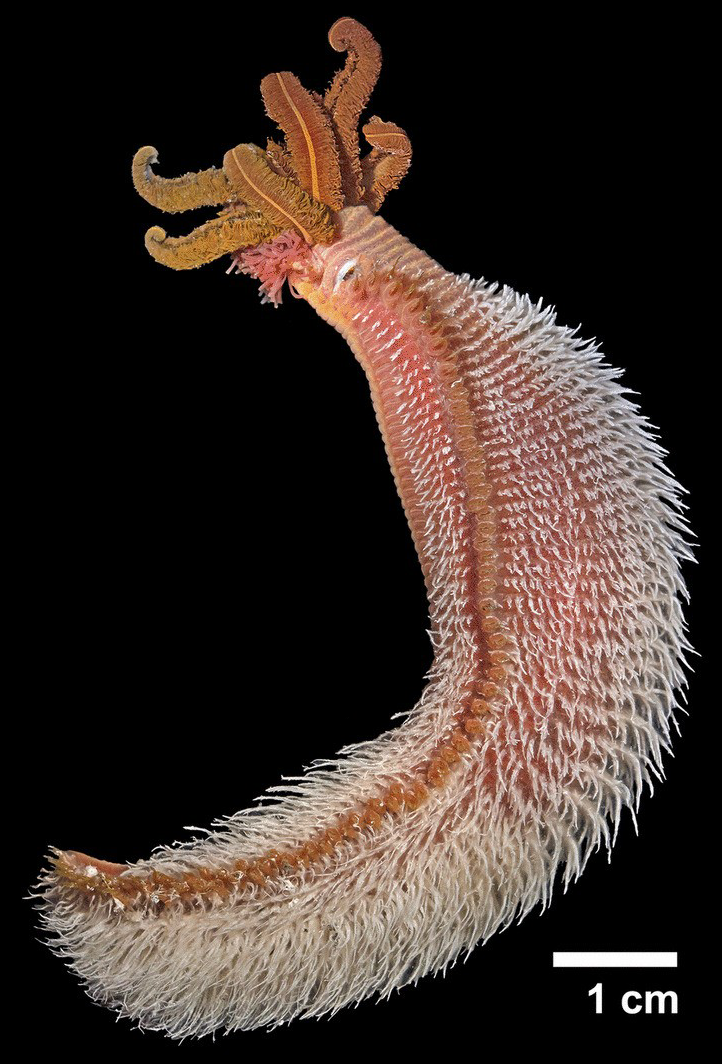
The Pompeii worm (Alvinella pompejana) is known for its ability to withstand extremely high temperatures, reaching up to 176°F (80°C) around hydrothermal vents. It thrives by living in tube formations along the heated vent openings, where its back faces scorching water while its head stays cooler in nearby seawater. Its body is coated with a unique layer of bacteria, providing protection from intense heat and potentially aiding in temperature regulation. The worm’s flexible physiology allows it to survive these drastic temperature shifts, making it one of the most heat-tolerant animals known. Pompeii worms have a grayish, segmented body and reach up to 5 inches in length. Their symbiotic relationship with the bacteria on their skin highlights an extraordinary example of adaptation in harsh environments.
Giant Tube Worm
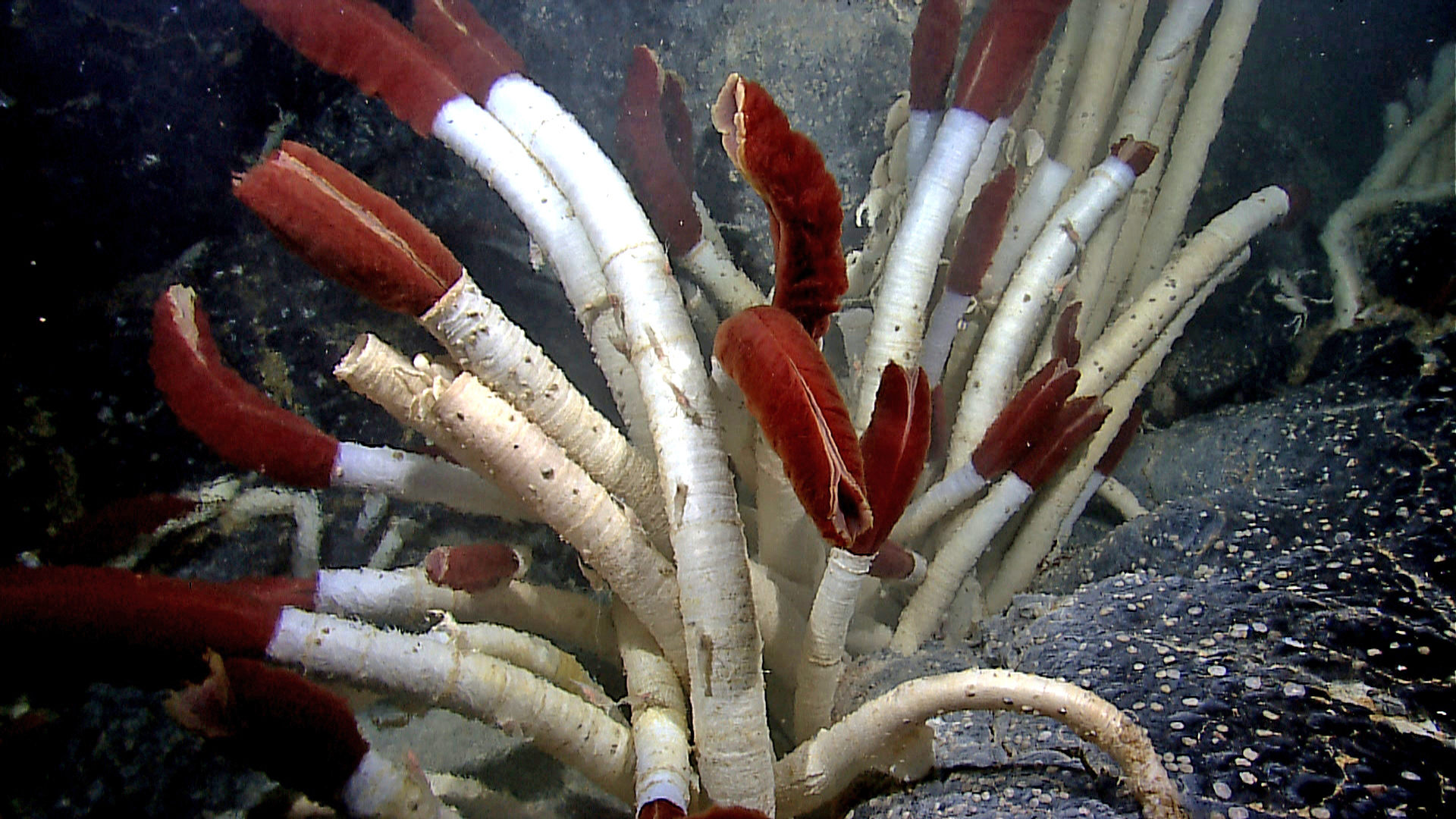
The giant tube worm (Riftia pachyptila) is a remarkable resident of volcanic hydrothermal vents in the deep ocean. Measuring up to 8 feet in length, it lives in white tube casings that protect its bright red, feather-like plume used for gathering chemicals from the vent-rich waters. Unlike most organisms, it has no digestive system; instead, it relies on symbiotic bacteria within its body to convert chemicals like hydrogen sulfide into nutrients. This unique nutritional adaptation allows it to thrive in toxic environments with no sunlight. The tube worm’s striking red color is due to a specialized form of hemoglobin, which enables it to survive in oxygen-poor waters. Giant tube worms form large colonies, creating a bustling ecosystem in the deep-sea volcanic regions.
Yeti Crab
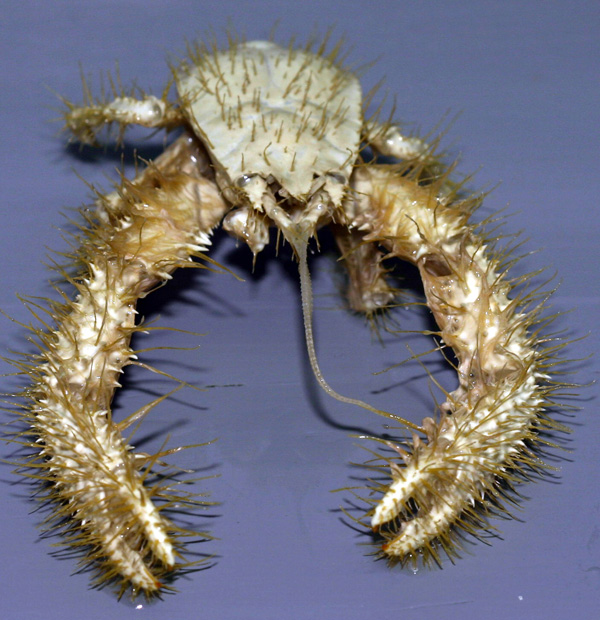
The Yeti crab (Kiwa hirsuta) is named for the dense, hair-like setae covering its pincers, giving it a furry appearance. Found near hydrothermal vents, this crab is adapted to survive the toxic, mineral-rich waters of its habitat. It cultivates bacteria on its hairy claws, which it then harvests for sustenance, providing a unique approach to survival. The crab’s white body contrasts starkly with the dark volcanic seafloor, and it lacks functional eyes, relying instead on chemical cues to navigate. The Yeti crab’s ability to “farm” its own food from bacteria in an extreme environment exemplifies an incredible evolutionary adaptation. Its limited mobility keeps it close to the nutrient-rich waters necessary for its survival.
Rimicaris exoculata (Shrimp)

The Rimicaris exoculata, or vent shrimp, is a species found near hydrothermal vents in the Atlantic Ocean. It thrives in waters with temperatures that can reach nearly 750°F (400°C) in some areas, yet it has developed the ability to remain unharmed by extreme heat. Unlike most shrimp, it lacks functional eyes; instead, it has a large light-sensing organ on its back to detect the faint glow from the vents. This adaptation helps it locate its nutrient-rich habitat in the dark depths of the ocean. The shrimp’s body is coated with bacteria that process the vent chemicals, providing food through chemosynthesis. Rimicaris exoculata forms dense swarms around vents, sustaining themselves within these hostile waters with unique adaptations.
Pacific White Skate
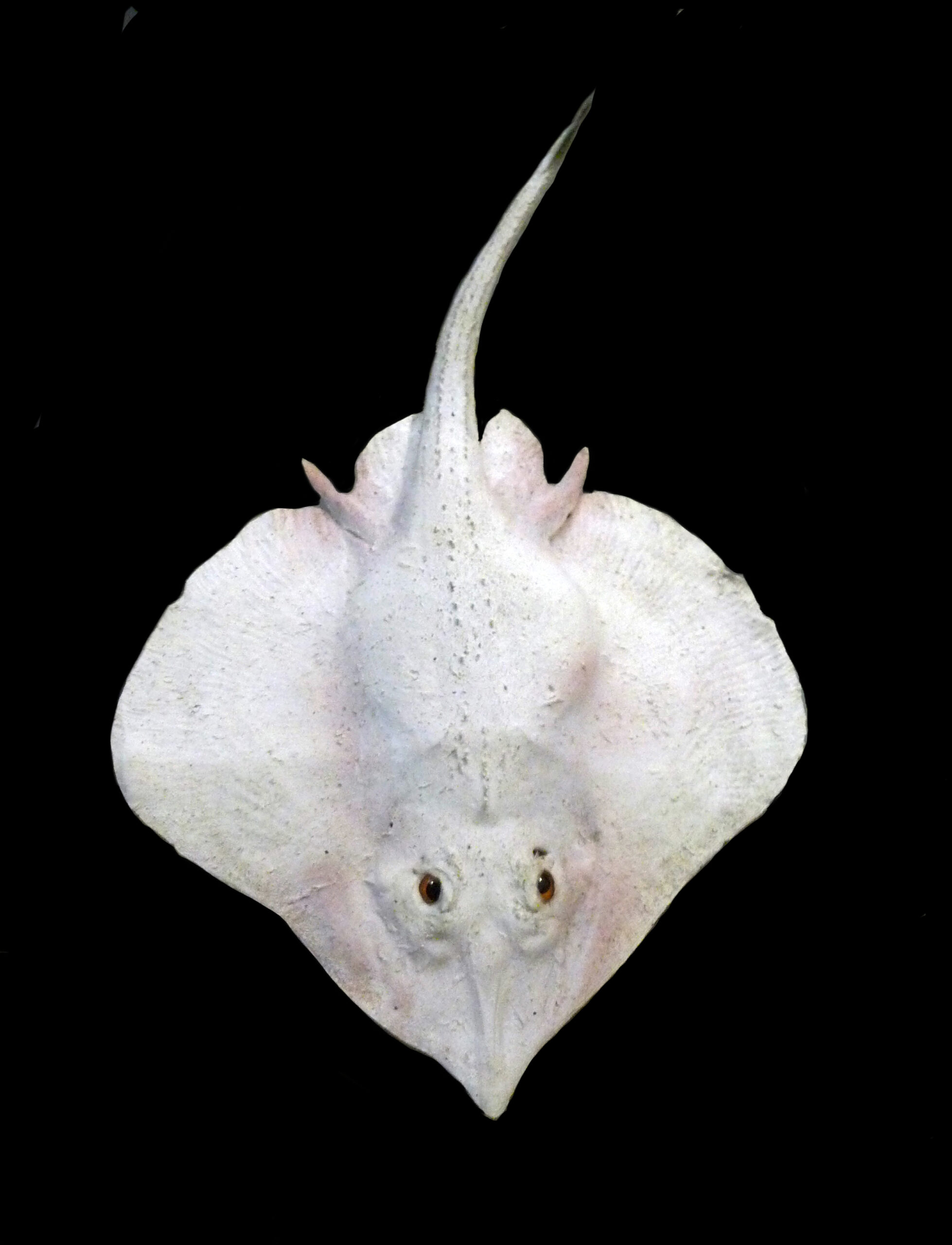
The Pacific white skate (Bathyraja spinosissima) lays its eggs in volcanic regions on the seafloor, where geothermal heat significantly speeds up the development of its young. The skate’s eggs, known as “mermaid’s purses,” are laid in cracks in underwater volcanic ridges, where they remain warm despite the freezing temperatures of the surrounding waters. These unique breeding grounds allow the Pacific white skate to inhabit depths of around 5,000 feet, where other species struggle to survive. Its flat body and white coloration help it blend into the rocky seabed, providing camouflage from predators. This reproductive adaptation ensures faster development for the skate’s embryos in these challenging conditions.
Volcano Sponge
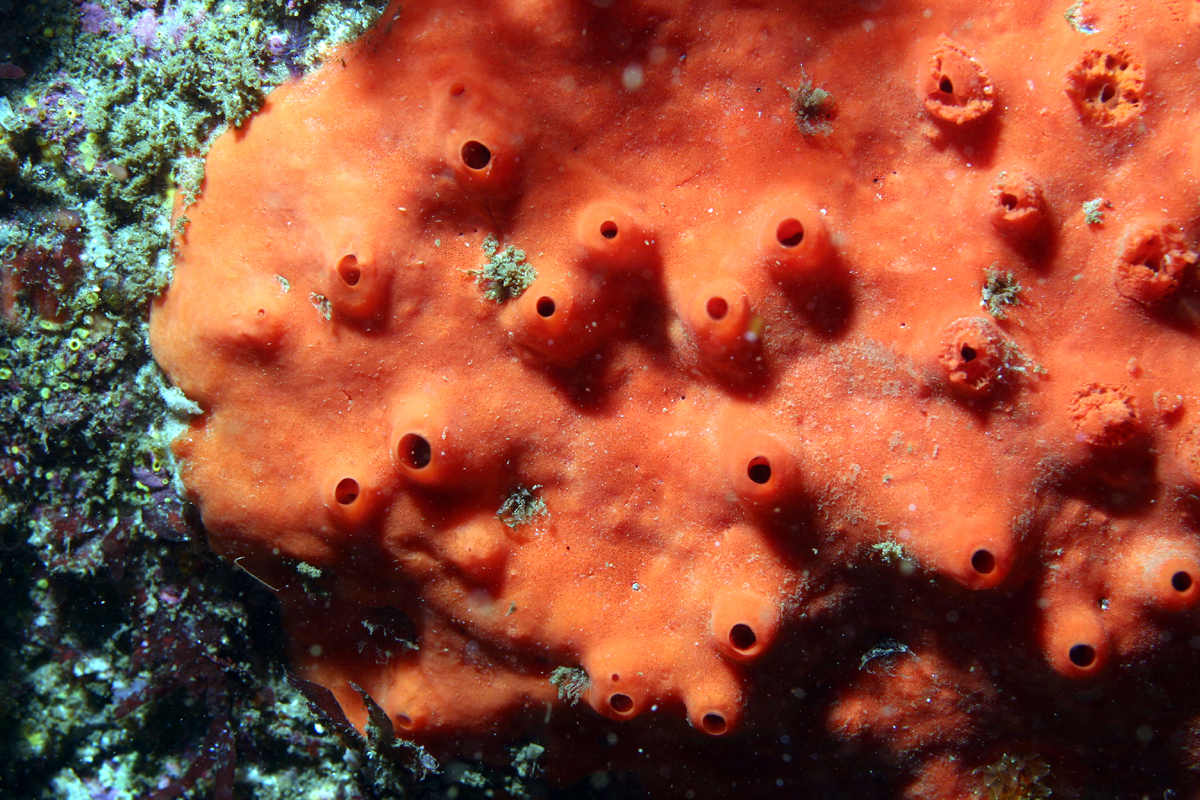
The volcano sponge (Pheronema carpenteri) is a deep-sea sponge that thrives in volcanic regions where nutrient-rich water flows through seafloor cracks. It has a porous, branching structure that resembles volcanic formations, allowing it to filter-feed efficiently in mineral-laden waters. Its skeleton contains siliceous spicules, which give it a unique, glass-like appearance and help it anchor to the rocky seabed. This sponge plays a significant role in deep-sea ecosystems, providing shelter for various small marine organisms. Its resilience to volcanic activity and adaptability to low-light environments make it a fascinating resident of underwater volcanic areas. The volcano sponge’s robust structure is well-suited to withstand the intense pressures of deep-sea habitats.
Zoarcid Fish
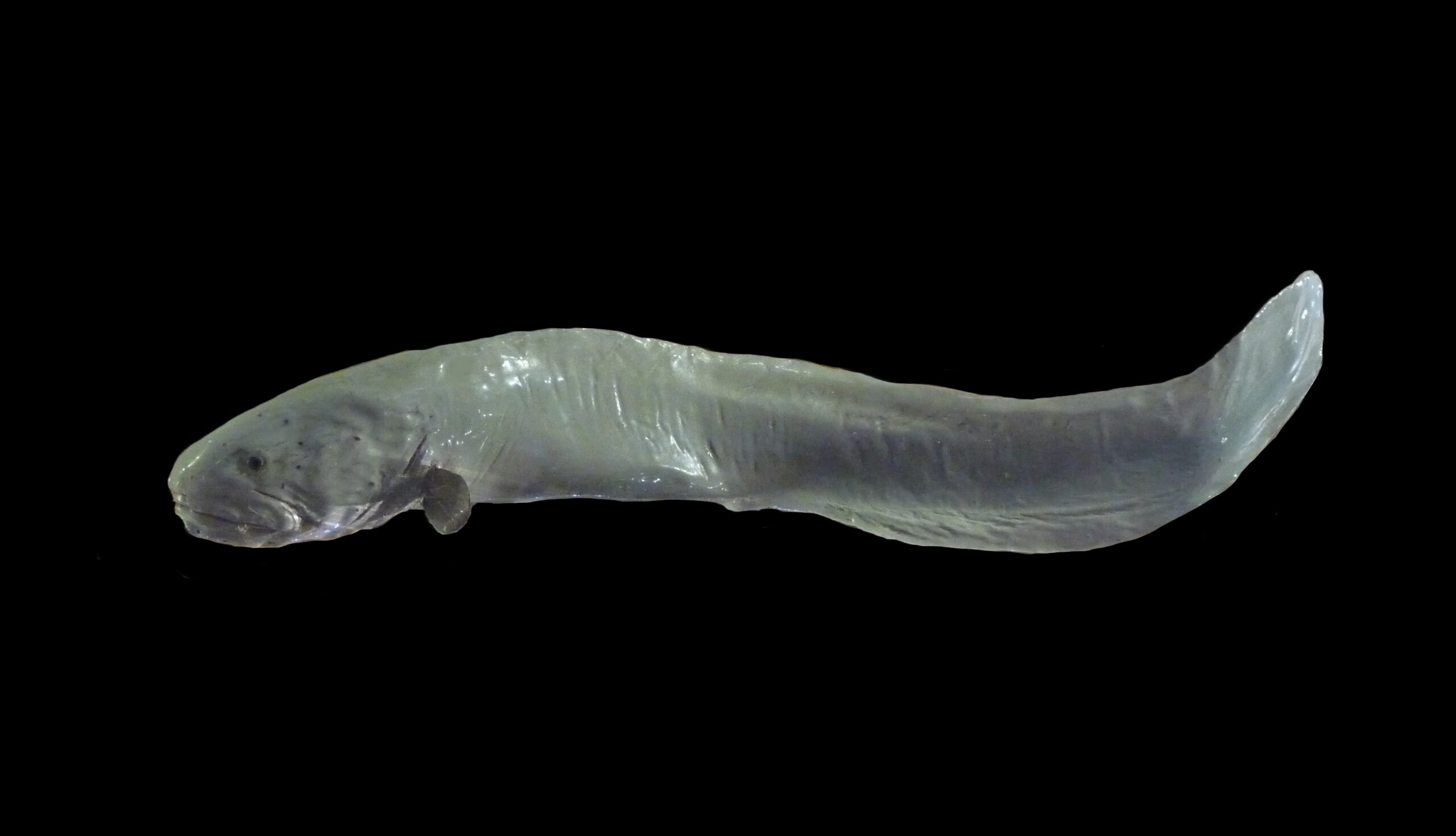
The Zoarcid fish, often referred to as the eelpout, is a resilient species that lives in extreme environments surrounding hydrothermal vents. It possesses a slender, elongated body that helps it maneuver through the rocky, complex vent areas. Unlike many vent-dwelling organisms, the Zoarcid fish is a predator, feeding on smaller animals that also inhabit these volcanic regions. Its metabolic rate is specially adapted to low-oxygen environments, allowing it to thrive in areas with sparse oxygen levels. The Zoarcid fish often shelters in crevices near hydrothermal vents to escape predators while maintaining access to the nutrient-rich waters. Its survival in these hostile waters highlights the adaptability of life in extreme ecosystems.
Bathymodiolus Mussels
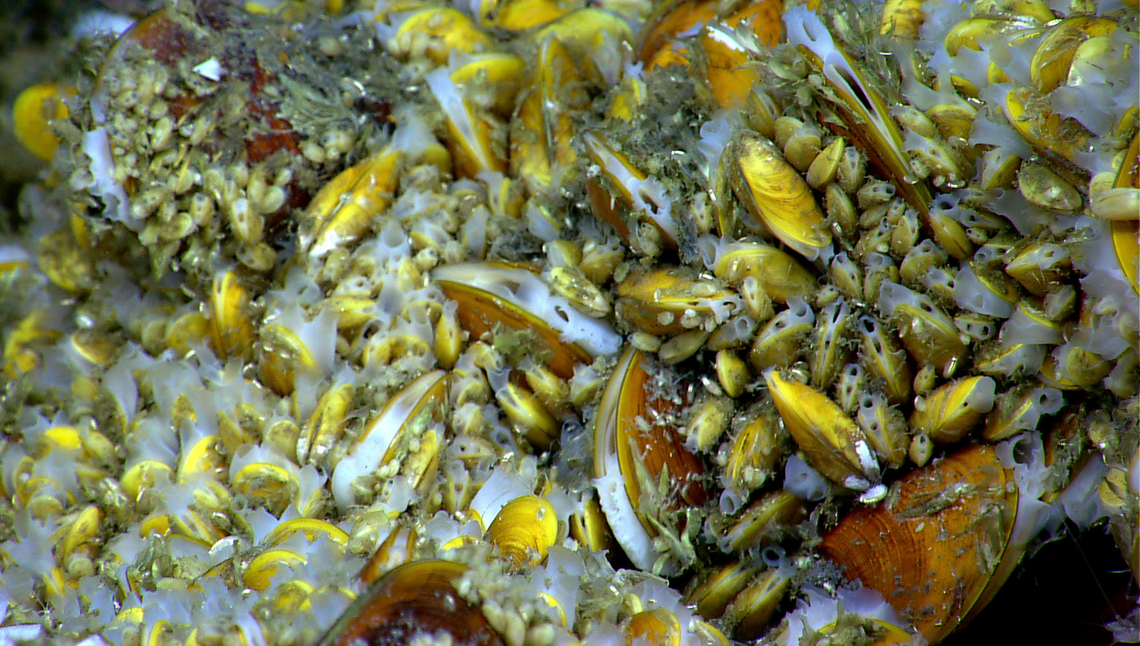
Bathymodiolus mussels, a genus of deep-sea mussels, form dense colonies around hydrothermal vents, where they anchor themselves to rocky surfaces. These mussels host chemosynthetic bacteria within their gills, enabling them to convert vent chemicals into nutrients without the need for sunlight. Bathymodiolus mussels have thick, sturdy shells that protect them from the harsh volcanic environment, where acidic waters and high temperatures prevail. They serve as a critical food source for various other deep-sea organisms, creating a foundational element in the hydrothermal vent ecosystem. Their ability to thrive in such extreme conditions showcases an impressive adaptation to volcanic habitats. Bathymodiolus mussels form the basis of complex food chains in these unique underwater landscapes.
Heat-Tolerant Limpets
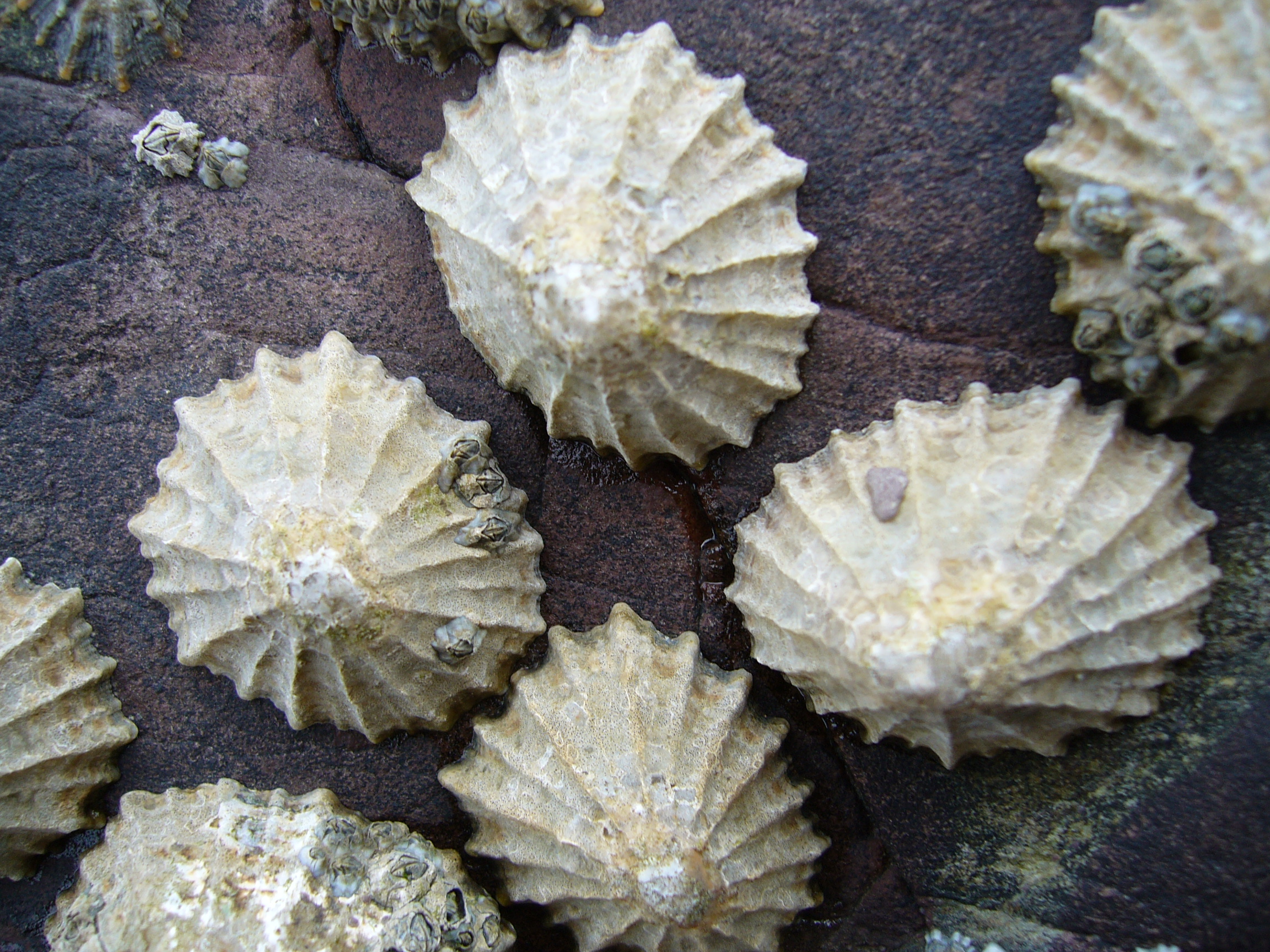
Heat-tolerant limpets, often found near hydrothermal vents in the Pacific Ocean, have adapted to survive temperatures that would be lethal to most other species. These small, cone-shaped mollusks cling to rocks close to the vents, where temperatures can reach nearly 150°F (65°C). Their sturdy shells and unique heat-shock proteins enable them to withstand extreme heat and acidic waters. These limpets graze on the biofilms that grow around vent areas, which provide a consistent food source. Despite their harsh surroundings, heat-tolerant limpets maintain stable populations near vents, forming part of the complex ecosystem that thrives in these volcanic regions.
Blind Vent Crab
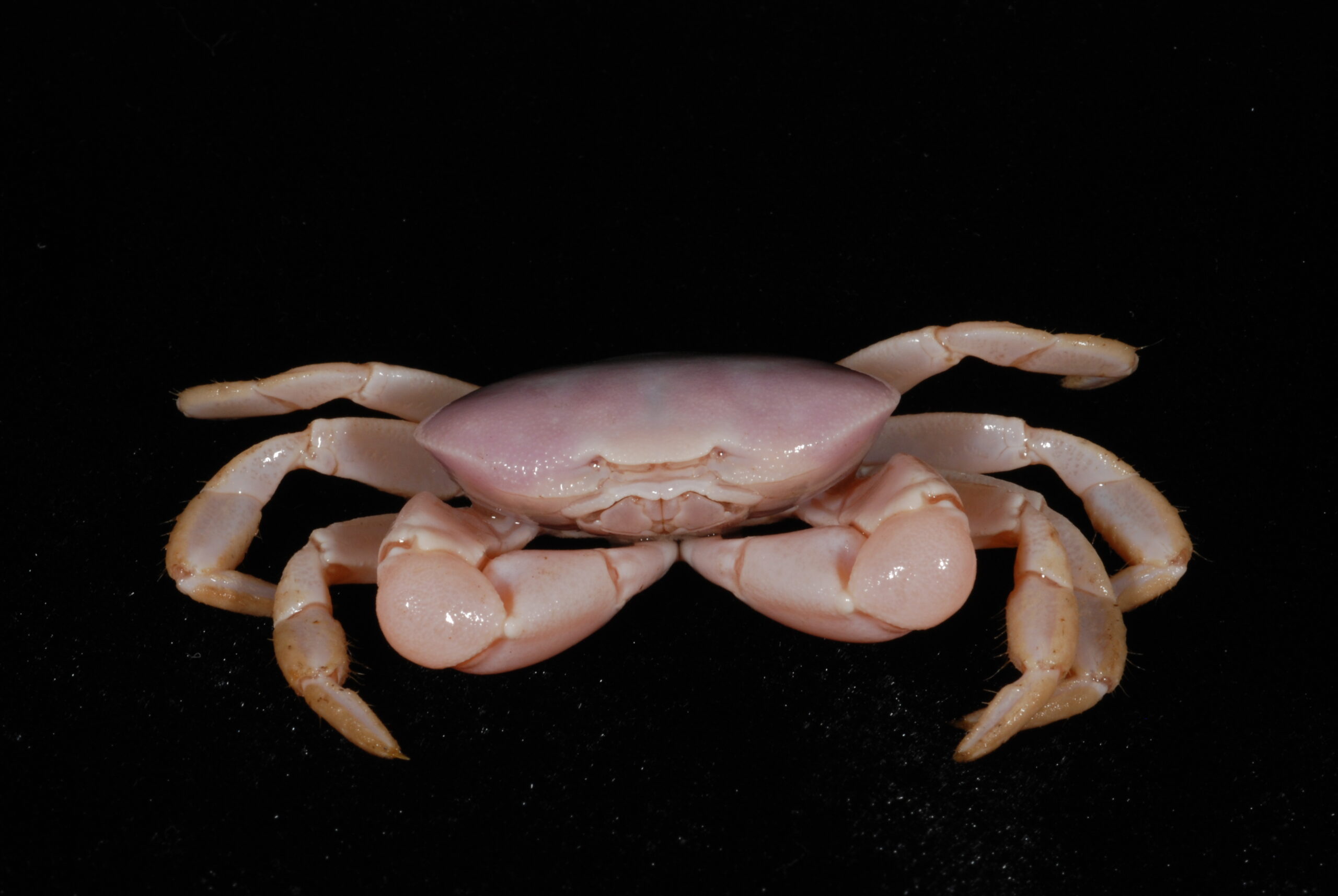
The blind vent crab (Bythograea thermydron) lives exclusively near deep-sea hydrothermal vents, primarily along the East Pacific Rise. Without functioning eyes, this crab relies on other senses to navigate the dark, mineral-rich waters around the vents. Its robust body is coated in setae (fine hairs) that help it sense chemical changes, aiding it in finding food. The blind vent crab scavenges on dead organisms and bacteria that form around the vents, making it an integral part of the vent ecosystem. Though not densely populated, colonies of blind vent crabs can be found clustered around vents, where the nutrient-rich environment supports their unique adaptations.
Scaly-Foot Snail
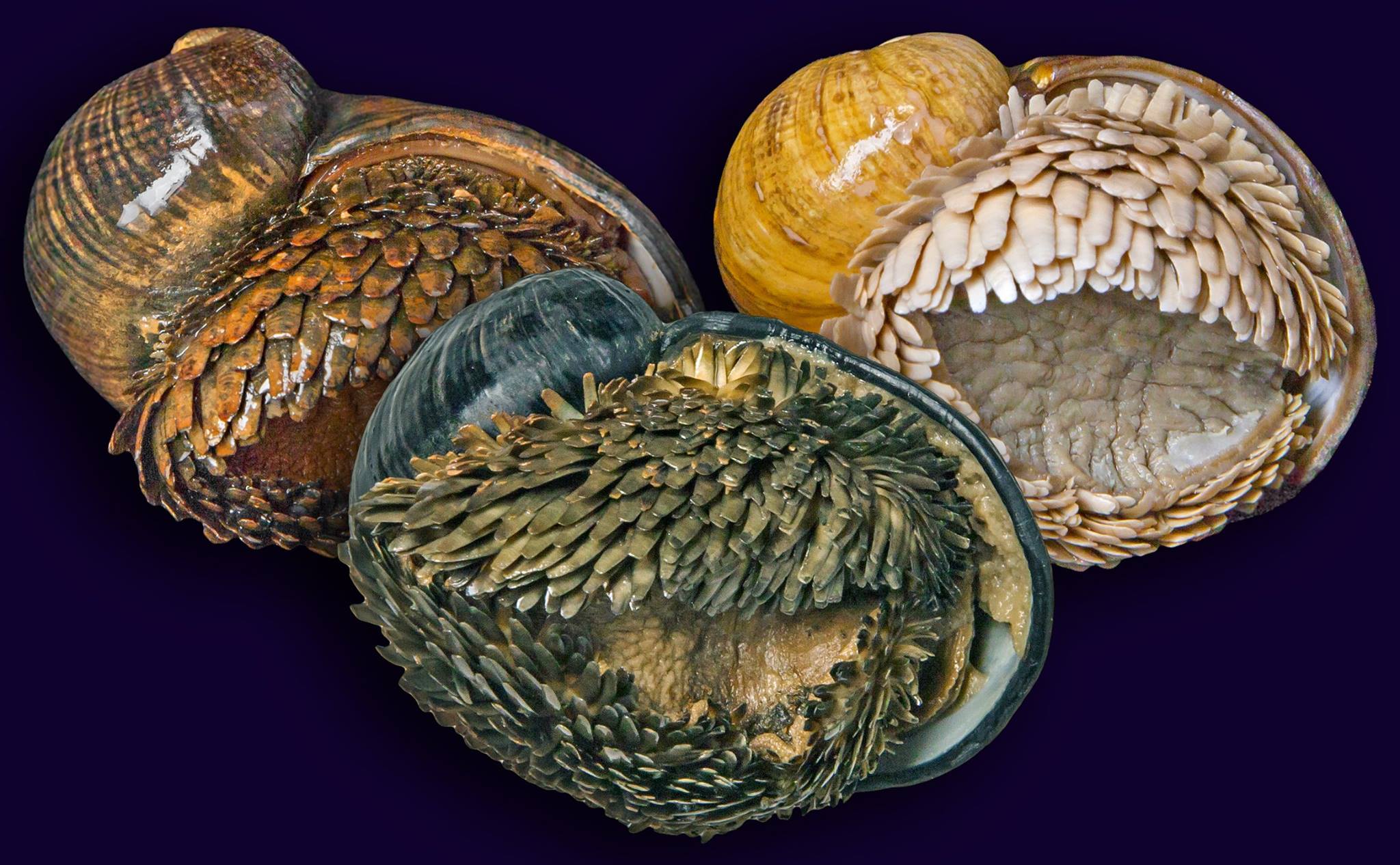
The scaly-foot snail (Chrysomallon squamiferum), also known as the “iron snail,” is found near hydrothermal vents in the Indian Ocean. Its shell, layered with iron sulfide, provides a unique defense against predators and the harsh vent environment. This snail also sports iron-plated scales on its foot, a feature seen in no other known species. Living at depths exceeding 8,000 feet, the scaly-foot snail survives by hosting symbiotic bacteria in its body that convert vent chemicals into nutrients. Though rare, small populations of these snails form colonies near vents, where they play a significant role in the deep-sea ecosystem.
Tube-Dwelling Anemones
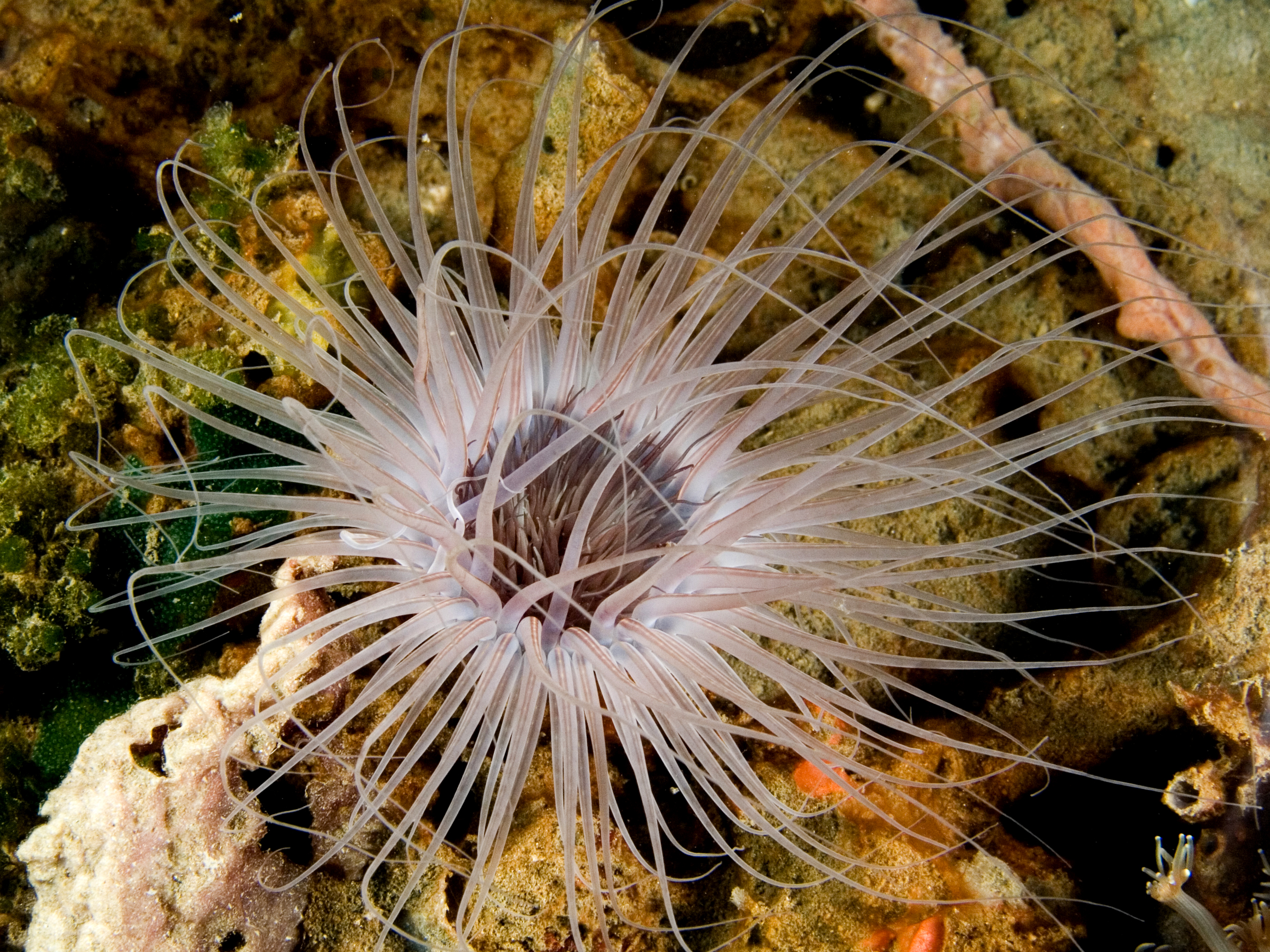
Tube-dwelling anemones are soft-bodied creatures found near hydrothermal vents in the Pacific and Atlantic Oceans. These anemones create tubes out of sediment and attach themselves to rocks in vent areas, where they extend tentacles to catch food particles in the nutrient-rich waters. They come in various colors and sizes, adding visual diversity to the otherwise dark seafloor. Populations are typically sparse but can thrive in clusters around vent sites, contributing to the food chain as both predators and prey. Their delicate yet effective feeding structures allow them to flourish in turbulent volcanic regions.
Thermococcus (Heat-Loving Microbes)
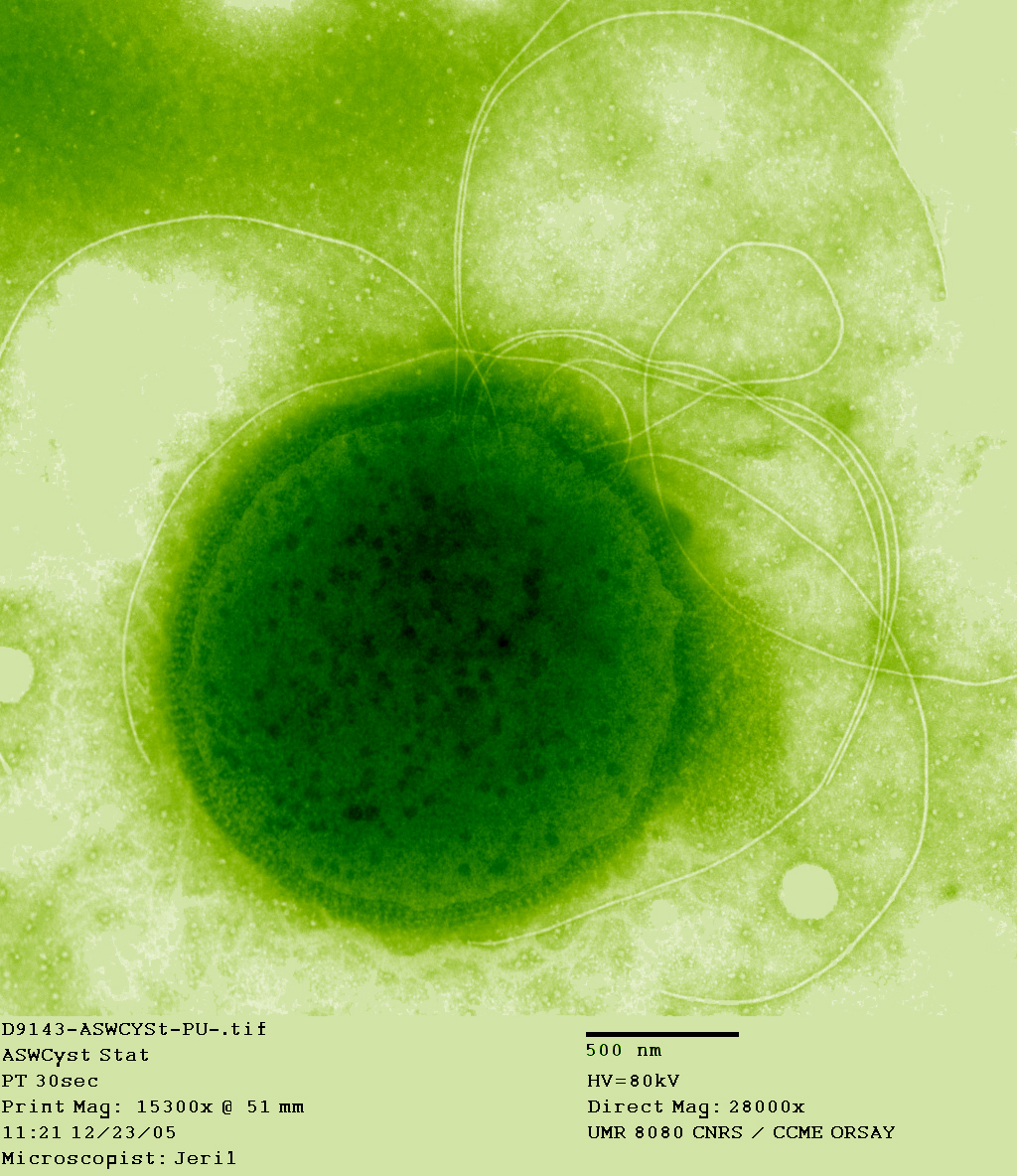
Thermococcus is a genus of heat-loving microbes that thrives in volcanic regions around hydrothermal vents, particularly in the Pacific Ocean. These microbes survive temperatures up to 221°F (105°C) by utilizing sulfur and hydrogen for energy, making them one of the most heat-tolerant life forms on Earth. Found in large populations within vent ecosystems, Thermococcus contributes to nutrient cycles, providing a food source for other microorganisms. These microbes play an essential role in vent ecology, showcasing the vast microbial diversity that can exist in extreme volcanic habitats.
Methane Ice Worms
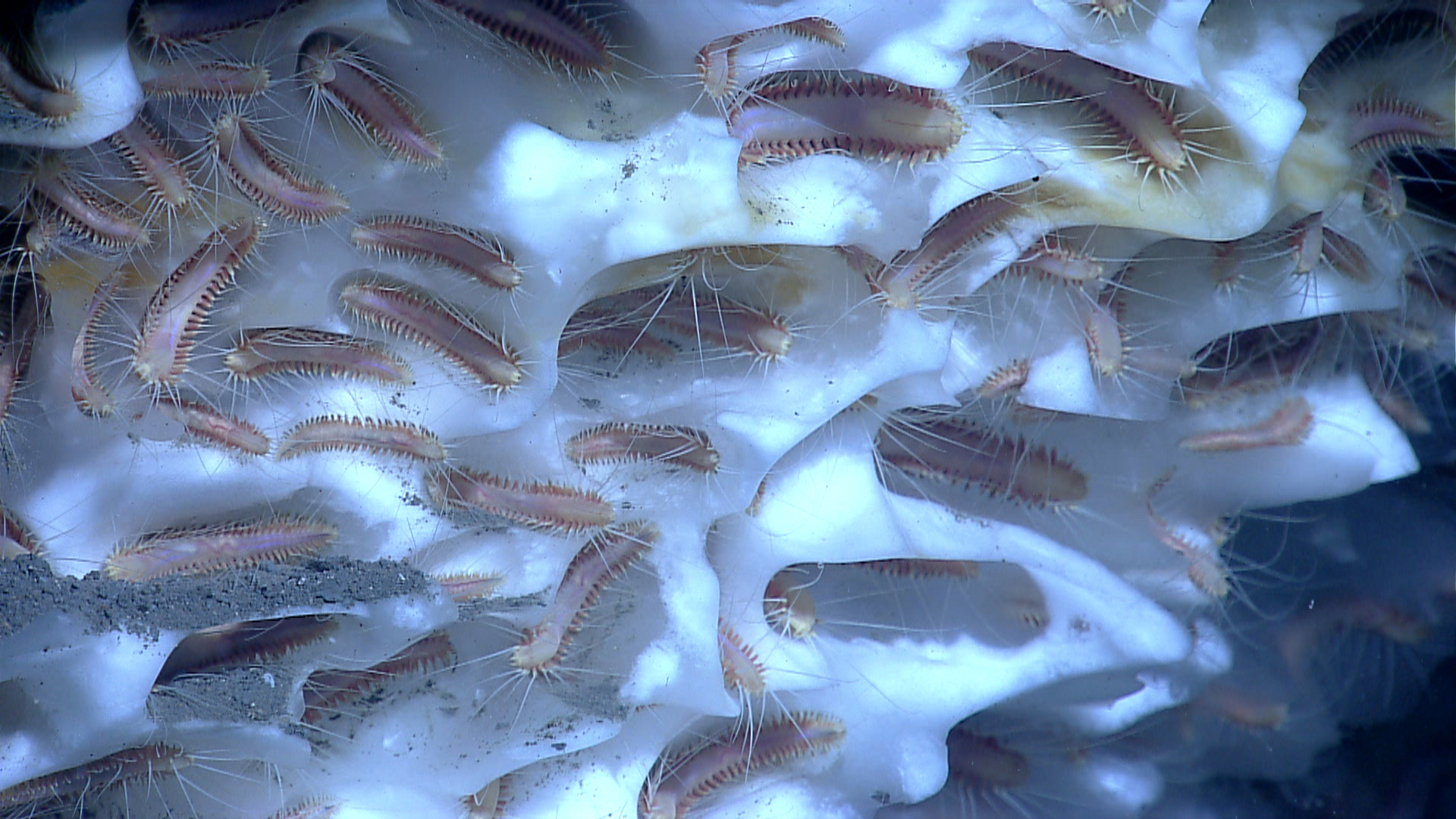
Methane ice worms, found on the methane hydrate mounds of the Gulf of Mexico, are tiny, pink-colored worms that live on deposits of frozen methane. These unique worms depend on chemosynthetic bacteria to survive, living in colonies around methane seep areas. Ice worms burrow into the frozen methane, where they extract food from bacterial growths on the ice surface. Populations vary greatly, but dense clusters can form in certain seep regions, creating miniature ecosystems in otherwise barren oceanic areas. These worms are a rare example of animals adapted to both volcanic activity and methane-based environments.
Hydrothermal Vent Barnacles
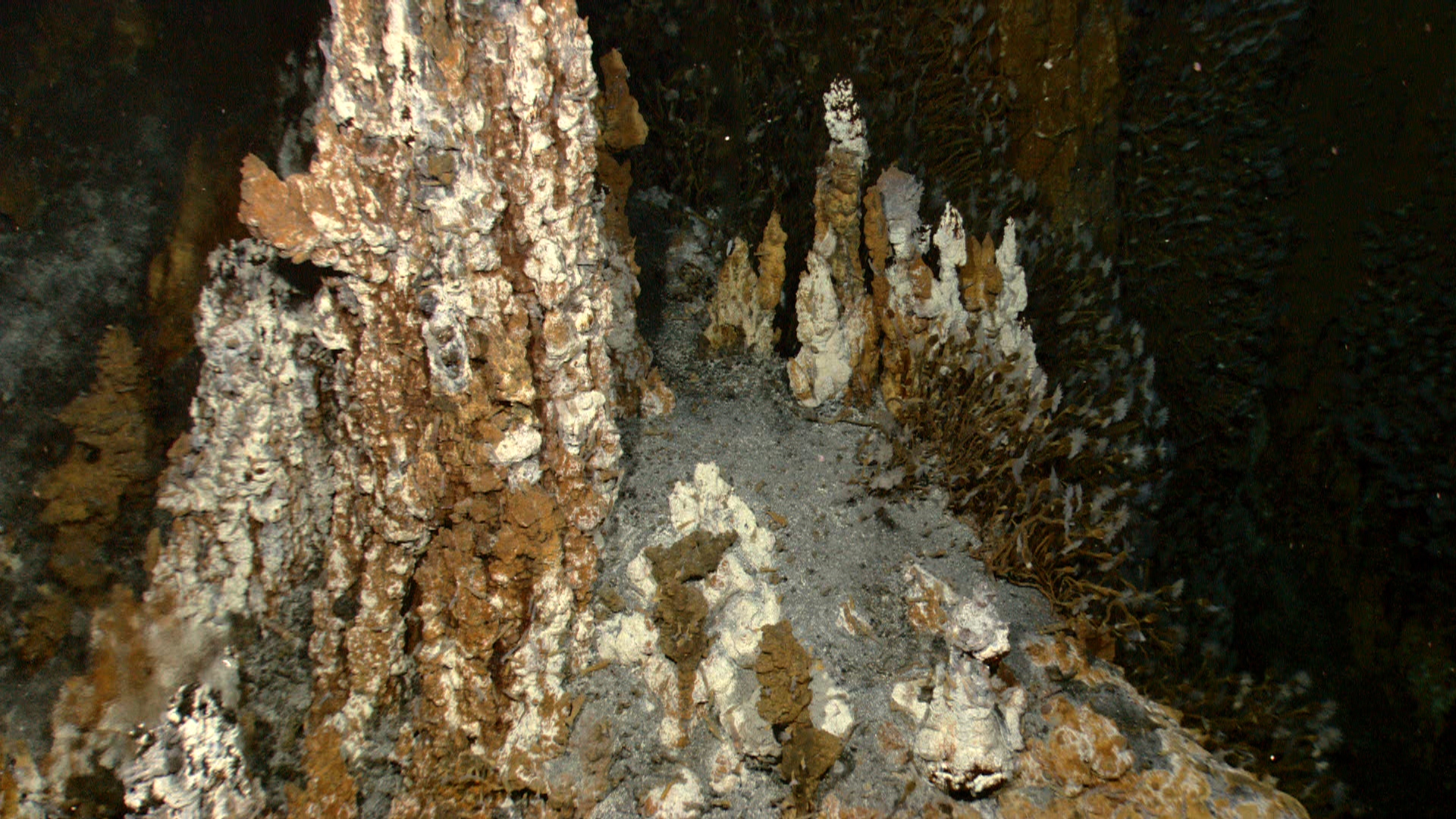
Hydrothermal vent barnacles cling to rocky surfaces around hydrothermal vents in the Pacific Ocean. These barnacles have specialized feeding appendages that capture particles and bacteria flowing from the vent plumes. Their thick shells protect them from intense temperatures and corrosive chemicals, allowing them to thrive in harsh conditions. Populations of vent barnacles form dense patches around vents, where they anchor themselves in place with strong cement-like secretions. By filtering nutrients from the water, these barnacles contribute to the diverse ecosystems that form around volcanic vent sites.
Pyrococcus furiosus (Hyperthermophilic Microbes)
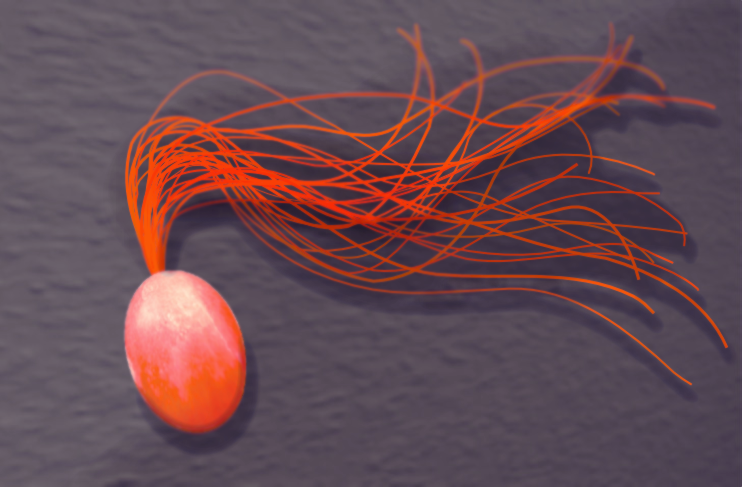
Pyrococcus furiosus is a species of hyperthermophilic microbe found in volcanic regions such as hydrothermal vents in the Pacific and Atlantic Oceans. It survives in extreme heat, with optimal growth at temperatures around 212°F (100°C). Pyrococcus furiosus obtains energy by processing sulfur compounds, a trait that allows it to thrive where other organisms cannot. This microbe grows rapidly, forming large populations that support vent ecosystems by recycling nutrients. Its ability to endure such intense conditions demonstrates the versatility of life in volcanic environments.
Lamellibrachia (Cold-Seep Worms)

The Lamellibrachia worm is a cold-seep worm found around hydrothermal vents and methane seeps, particularly in the Gulf of Mexico. These long, tube-dwelling worms can grow up to 10 feet, using symbiotic bacteria in their bodies to convert sulfides into nutrients. Unlike most vent creatures, Lamellibrachia prefer cooler vent areas and play a critical role in these ecosystems by stabilizing sediment with their tube structures. Populations of these worms can persist for decades, forming extensive colonies that offer habitat and food sources for other vent organisms. Their long lifespans and unique feeding strategies make them vital components of volcanic and seep environments.
This article originally appeared on Rarest.org.
More from Rarest.org
10 Largest Birds of Prey in the World
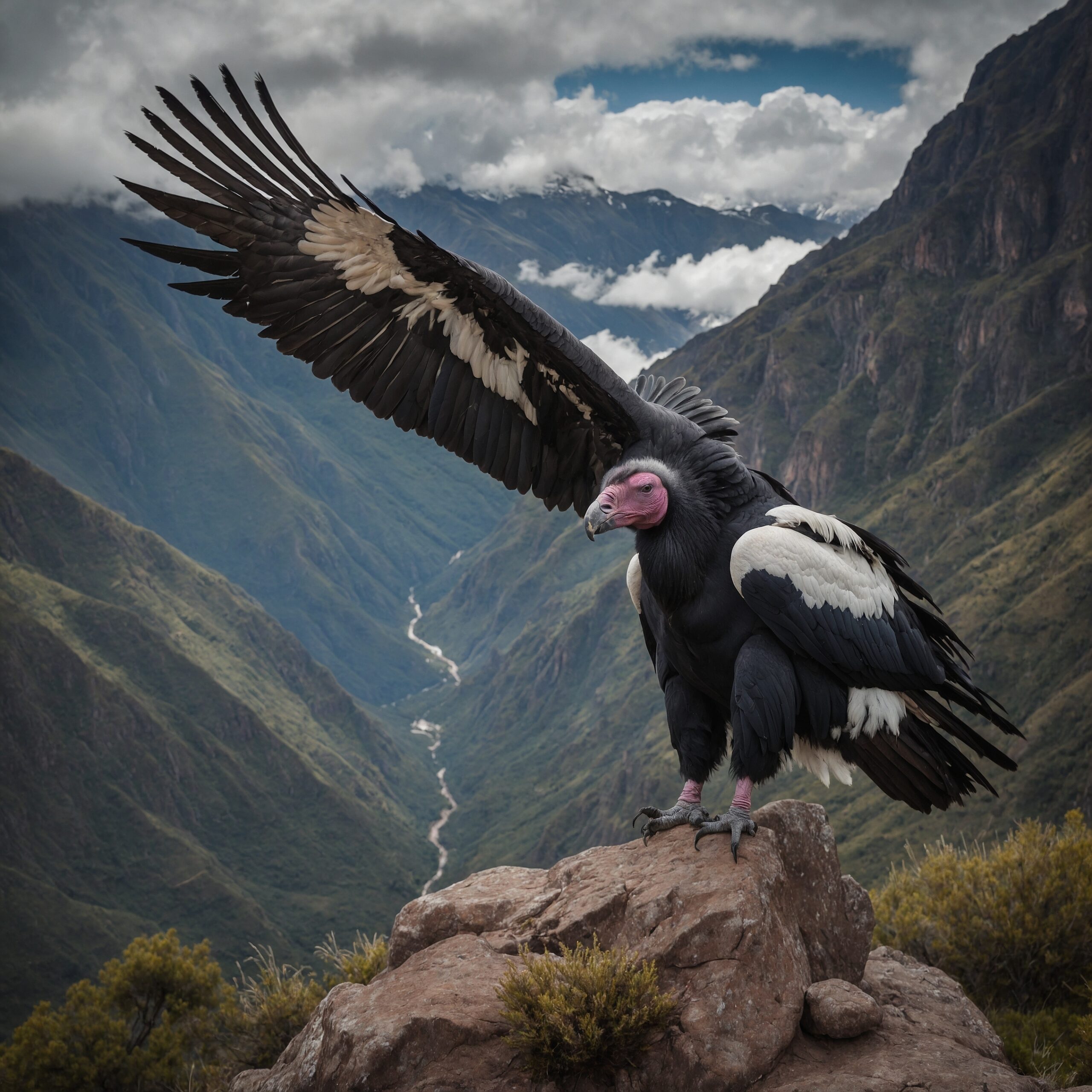
Birds of prey are among the most majestic and powerful creatures in the animal kingdom. Read More.
12 Oldest Companies in the World
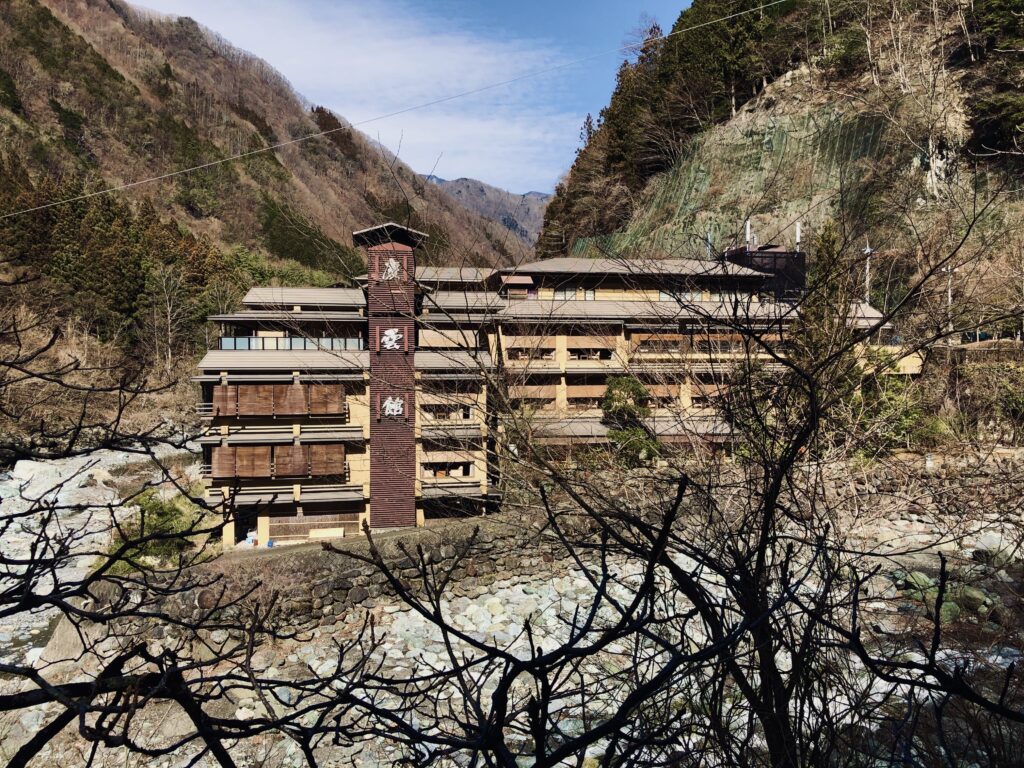
Some companies have stood the test of time for centuries, preserving tradition and adapting to the changing world. Read More.
20 Mysterious Caves from Around the World with Hidden Secrets
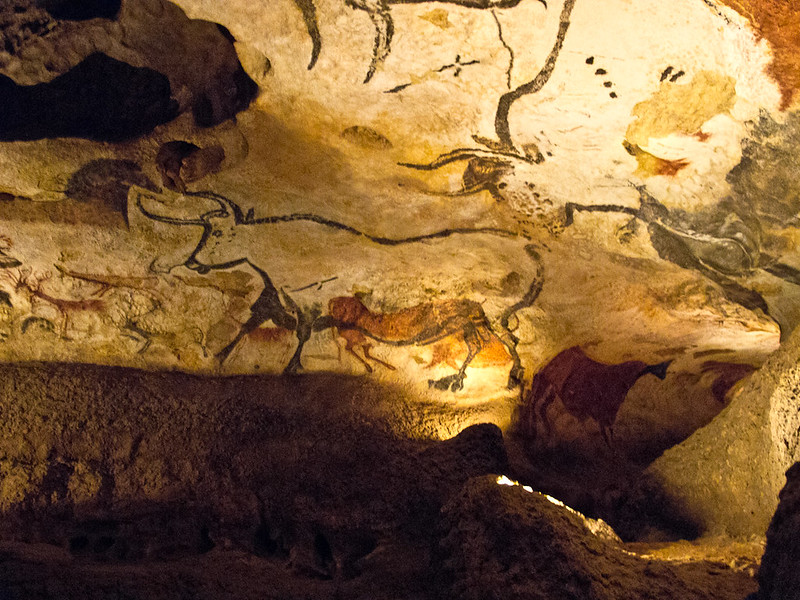
Caves have long fascinated humanity, offering glimpses into hidden worlds beneath the Earth’s surface. Read More.
